Your shed is the unsung hero of your garden.
So, whether you use it simply as a storage place or as something fancier, such as a she shed or mancave, shed maintenance is essential – if often overlooked.
To help keep your shed in pristine condition, we decided to take a deep dive into the most valuable shed maintenance tips.
Here’s what we’re going to cover.
Table of contents:
- Regularly check the roof
- Fit guttering to stop water entering
- Maintain your guttering
- Organise your internal shed space
- Keep the outside space clear and tidy
- Take inventory of items
- Secure your shed
- Wash the outside of the shed annually
- Apply a wood preservative
- Add a fresh coat of paint
- Final thoughts
Regularly check the roof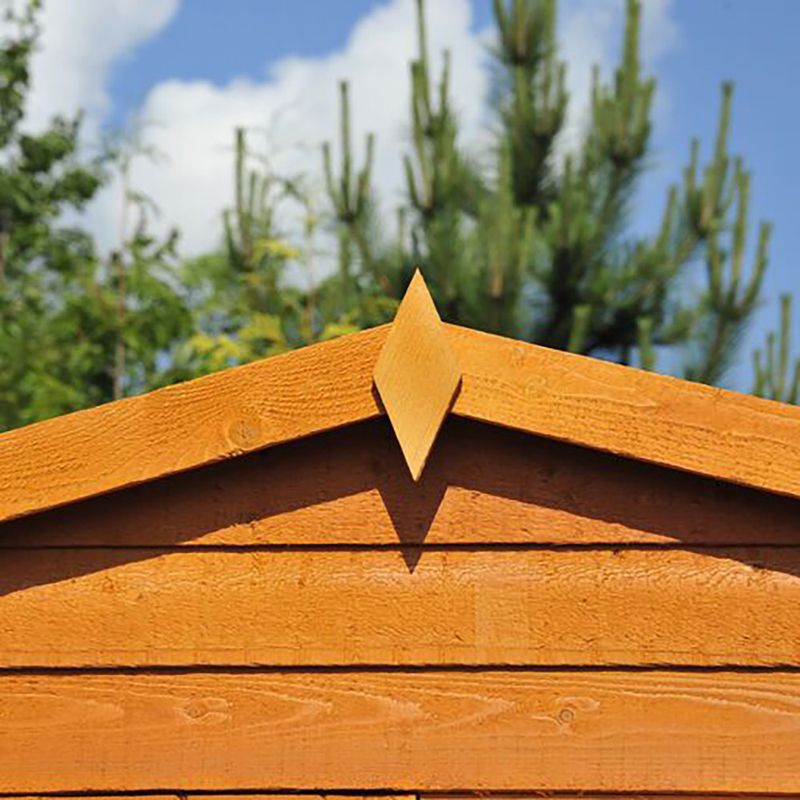
The roof bears the brunt of various weather conditions, enduring rain, snow, sun, hail and much more. Given these challenges, regular roof inspections are crucial to identify any holes, tears, leaks or debris. Neglecting this task can lead to damage to both the shed itself and the items you store inside.
For sheds equipped with roof felt, our shed roof felt kit is designed to expedite repairs. With all the essential components included, it provides a convenient solution to swiftly fix your shed roof and ensure its optimal condition.
Fit guttering to stop water entering
Proper guttering is essential for redirecting water away from your building. For a more environmentally friendly approach to supplying water for your garden, you should also consider installing a water butt to collect and utilise rainwater as required.
Maintain your guttering
Obstructed or damaged guttering can result in subpar water flow through the system. The accumulation of leaves and debris exacerbates these risks, potentially resulting in substantial costs for future repairs or replacements if not cleaned regularly. So, it’s crucial to efficiently maintain your guttering using appropriate cleaning tools to ensure a more effective drainage system.
In the event of water leakage into your shed, it’s imperative to promptly clean the affected area and eliminate any standing water.
Organise your internal shed space
Over the course of time, items placed in damp environments, such as bicycles and other equipment, have the potential to absorb or be influenced by moisture. This can heighten the likelihood of dampness or mould, particularly in the absence of adequate ventilation. To make matters worse, garden machinery and bicycles are susceptible to rust in such conditions.
Luckily, there’s a simple solution. Periodically decluttering and arranging your belongings can effectively minimise the emergence of these issues.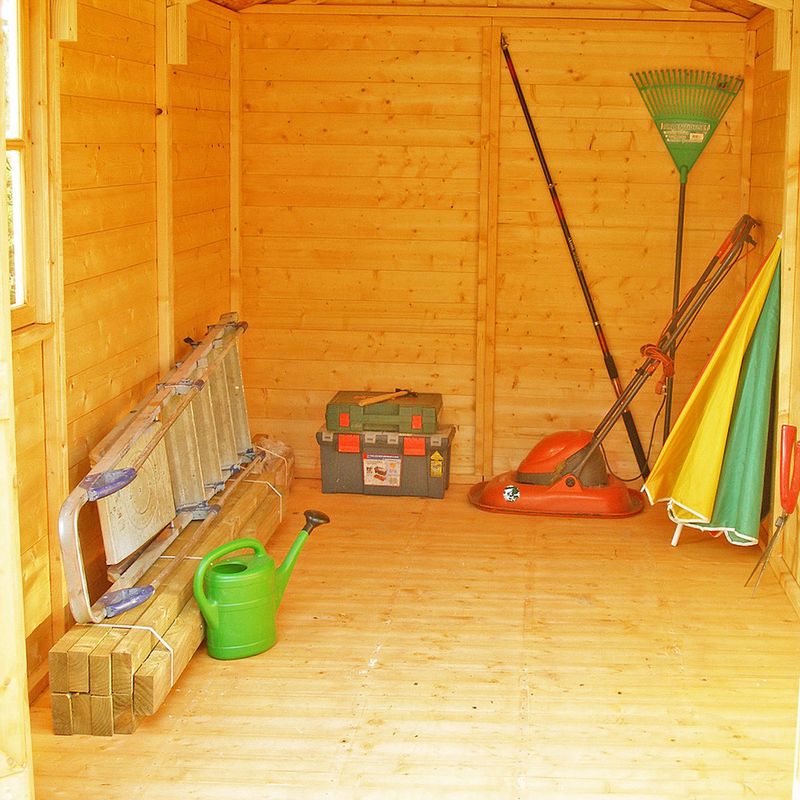
What’s more, organising the storage space is beneficial not only in preventing moisture-related problems but also in facilitating easy retrieval of items and ensuring they are stored in more suitable conditions.
With that in mind, here are some recommendations for the optimal storage of your belongings:
- Hand tools – shelves, cabinets, racks
- Garden hose – hose hanger
- Chemicals – heavy-duty plastic bags
- Extension cords and cables – hanging hooks
- Nails, screws and fixings – storage boxes
Take inventory of items
During the process of decluttering or arranging your shed, conducting an inventory of your tools, equipment and other possessions can assist you in identifying items that may require replacement or repair. This inventory can also reveal any missing items that could be essential for routine garden maintenance or special occasions, such as Christmas decorations or golf clubs.
Keep the outside space clear and tidy
A cluttered area around a shed can create an environment conducive to pest infestations, negatively impacting the shed’s overall quality. To mitigate this, ensure that no items are leaning against the shed, trim plants or branches that make contact with its surfaces, and mow your lawn. Avoid stacking wooden items, such as firewood, as this can attract beetles, termites and other unwelcome guests.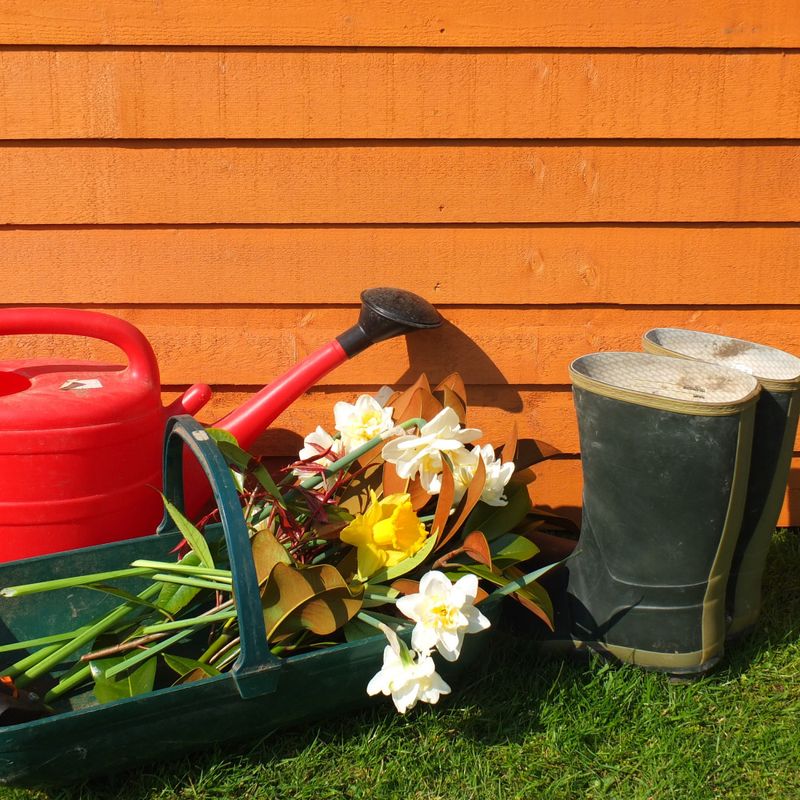
Landscaping Superstore top tip: Consider investing in pest control products to further deter insects or vermin from exploring the shed’s surroundings. This proactive approach can help maintain a pest-free environment for your shed.
Secure your shed
Security is crucial, particularly when storing valuable garden equipment and items in your shed. So, it’s essential to incorporate features that deter theft, prevent damage from unwanted attention, and protect against pests.
Below is an overview of recommended methods to secure your shed and guidelines for their maintenance.
- Replace old or damaged walks with padlocks and deadbolt locks
- Replace rusty or poor-quality hinges
- Secure the shed against the wall with L brackets or put breeze blocks inside
- Install an alarm
- Install security sheets on windows to block the view into the shed
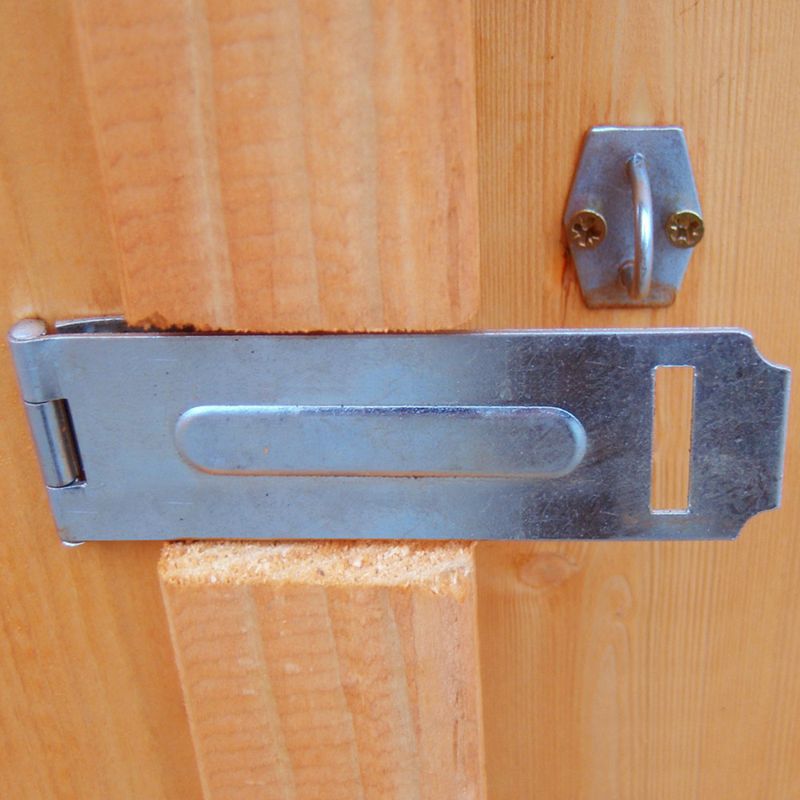
Once you’ve gone through these five steps, your shed will be as secure as Fort Knox!
Wash the outside of the shed annually
With time, your shed may accumulate dirt, dust and other debris. Once you’ve cleared away the debris, consider using a low-pressure power washer to effectively eliminate stubborn dirt and dust remnants.
Power washers are available at various price points to accommodate your budget, and you can even opt to rent one if you prefer not to invest in a complete system for occasional use. For a thorough cleaning, it’s advisable to use an appropriate soap or cleaning chemical.
If you’re interested in learning more about sheds, head over to our comprehensive Shed buyer’s guide. Additionally, take a look at our store for a wide range of unique products, including the latest landscaping tools and other items to keep you well-equipped.
Apply a wood preservative
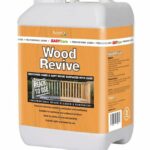
Applying a wood preservative to your shed, specifically one that is water-based, can significantly extend its lifespan if it hasn’t been treated yet. Before staining the shed, it’s important to check the label to ensure the product is a preservative, especially if you prefer to maintain the shed’s natural appearance.
We recommend that you do that during a dry day to prevent the wet coating from washing away.
Add a fresh coat of paint
This shed maintenance tip is more focused on aesthetics. If you aim to have a visually appealing focal point that complements the well-kept appearance of your garden, painting or repainting your shed is key.
Ensure that you opt for high-quality paint specifically designed for exterior use. It is advisable to choose a paint that enhances resistance against mildew and fading. Durable paint that provides effective coverage is also ideal. Once you have the right paint, you’re all set!
In addition, it’s a good idea to paint wooden siding. However, if the siding is made of vinyl or metal materials, keeping it clean may be sufficient to maintain its condition.
And on that note…
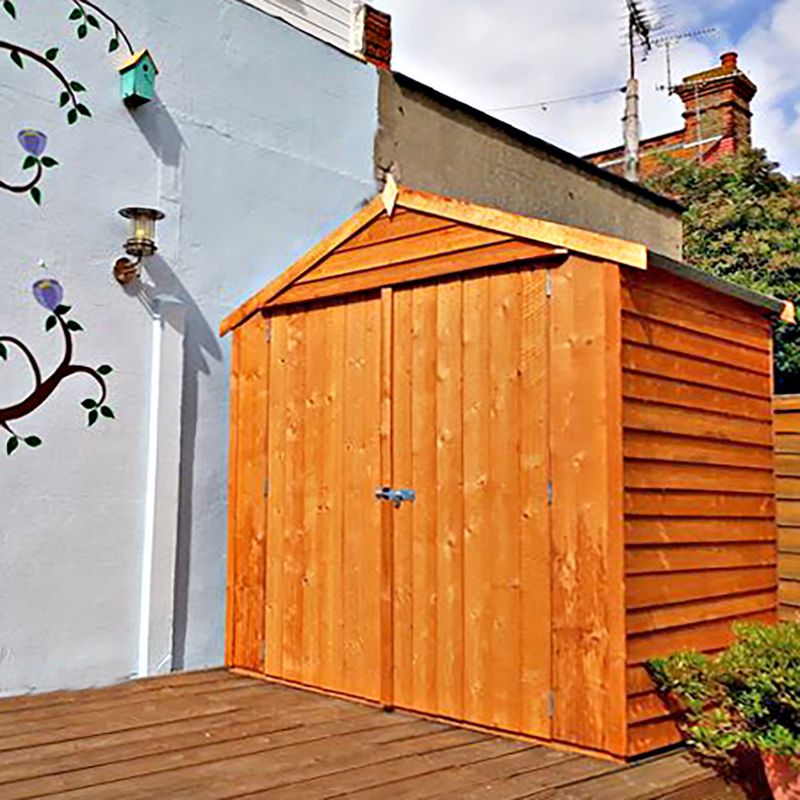
Final thoughts
A well-maintained shed is a happy shed – one that will continue to grace your garden for many years to come.
The good news is:
Shed maintenance and shed grounds maintenance is not rocket science. Clean your shed regularly, keep it need and tidy, and secure it from the prying eyes of burglars.
The bottom line is:
So long as you get the basics right, you’re halfway there!
























